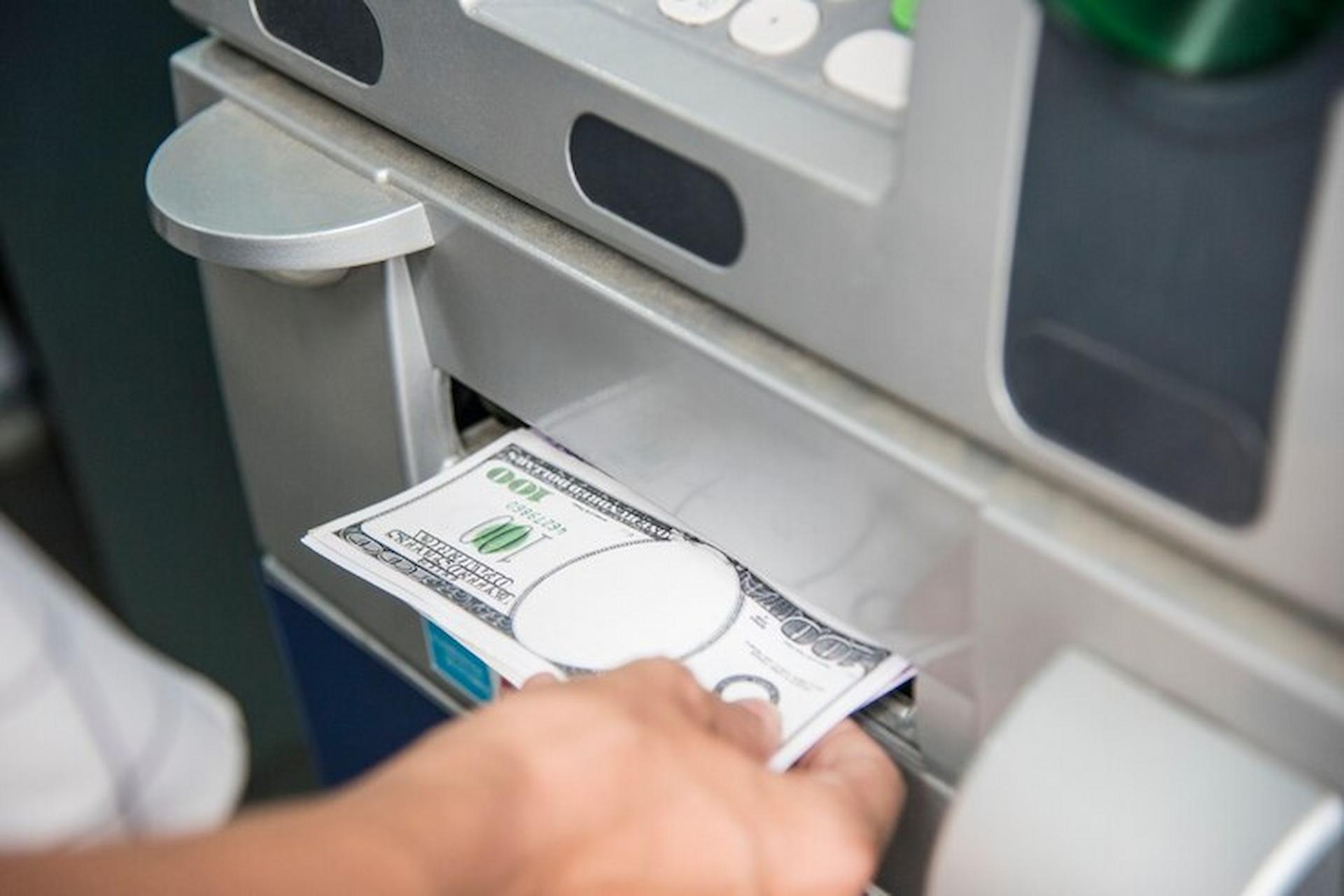Investing in an Automated Teller Machine (ATM) portfolio can be lucrative, offering a passive income stream and a foothold in the financial technology sector. For prospective purchasers, understanding the crucial factors influencing their decisions when buying an ATM portfolio is paramount.
ATM portfolios are an intriguing investment opportunity, offering a chance to tap into a service crucial to modern banking. However, knowing what factors potential buyers prioritise can significantly impact the success of such an investment. Let’s delve into the critical elements purchasers look for when eyeing an ATM portfolio.
Location Strategy
The cornerstone of a successful ATM portfolio lies in its locations. Buyers seek portfolios strategically placed in high-traffic areas, ensuring consistent footfall and usage. Locations like malls, convenience stores, and busy urban areas attract a steady stream of potential users, driving transaction volumes. Consequently, portfolios with ATMs in prime locations often command a premium.
Operational Performance
Buyers meticulously scrutinise the operational performance of an ATM portfolio. Factors such as uptime, transaction success rates, and maintenance history play a pivotal role. Robust, reliable machines with a history of minimal downtime are highly sought after, as they ensure a steady flow of revenue without frequent interruptions or repair expenses.
Diversification and Scalability
Diversification across various locations and ATM types mitigates risks and maximises potential returns. Purchasers favour portfolios that offer different types of ATMs—from traditional cash-dispensing machines to those equipped with advanced functionalities like check deposits and bill payments. Scalability is equally crucial; portfolios with room for expansion and adaptability to emerging technologies are highly attractive.
Regulatory Compliance and Security
Compliance with regulatory standards and robust security measures are non-negotiable for purchasers. ATMs must adhere to industry regulations and standards to ensure legality and protect users’ financial data. Buyers prioritise portfolios equipped with modern security features, including encryption protocols, surveillance systems, and anti-skimming technology, safeguarding against potential breaches.
Conclusion
Investing in an ATM portfolio can be rewarding, but understanding the key factors that purchasers prioritise is essential. Location strategy, operational performance, diversification, regulatory compliance, and security collectively influence a buyer’s decision-making process. By carefully considering these elements, potential investors can make informed decisions, increasing the likelihood of a successful and profitable ATM portfolio acquisition.
Understanding these critical factors arms purchasers with the knowledge needed to assess an ATM portfolio investment’s viability and potential returns. Striking a balance between strategic locations, operational reliability, diversification, and compliance is pivotal for a successful purchase.
Whether you’re an experienced investor or considering your first foray into the world of ATM portfolios, recognising these factors can guide you toward a prudent investment decision, setting the stage for a prosperous venture.
Invest wisely, and reap the rewards of a well-considered ATM portfolio acquisition!
Crafting an ATM portfolio acquisition strategy demands a comprehensive understanding of key factors. From prime locations to regulatory compliance, these elements shape the success and profitability of such an investment.






Hello Nick, Your article is incredible! You have discussed an interesting topic here. When purchasing an ATM portfolio, buyers prioritise factors like location diversity, transaction volume, and ATM condition. A diverse geographical spread ensures wider access for users. Higher transaction volumes signify profitability. The condition of ATMs determines maintenance costs and user experience. Additional considerations include contract terms, technology upgrades, and potential for expansion. Ultimately, a balanced blend of these factors defines an attractive ATM portfolio investment. Thanks a ton for sharing such valuable information—I’m truly grateful for this fantastic blog.